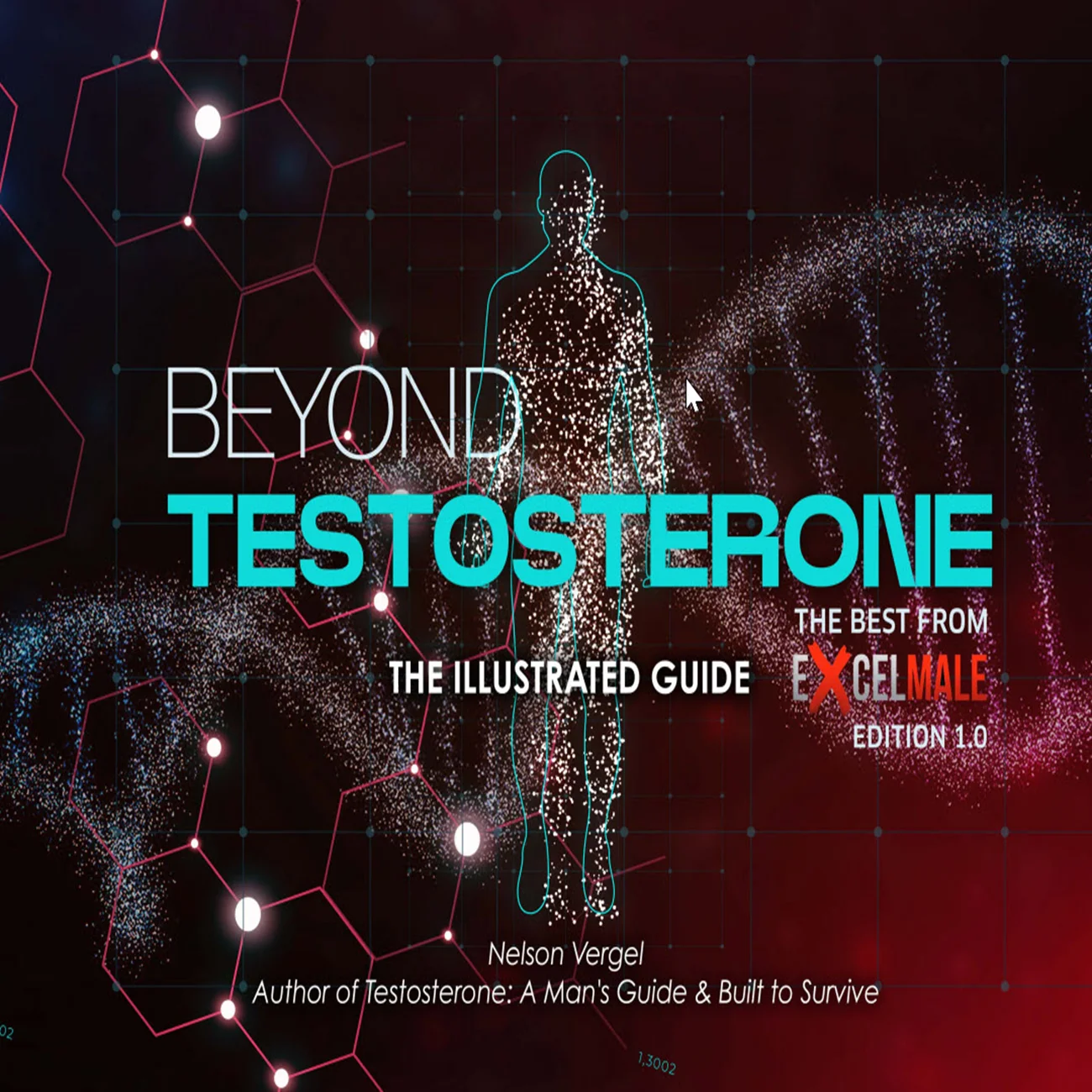dirkdigglr
Member
I came across this paper and found it a great reminder of how refined the dopamine system actually is. Below is a concise, plain-English summary you can skim.
The paper asks not just how much dopamine (DA) is released, but where, when, and how precisely it acts in the brain.
Old view: DA spills into a broad area (“volume transmission”) and diffuses somewhat indiscriminately.
Updated view: DA signaling is much more precise, spatially fine-grained, and temporally dynamic than we used to think.
Dopamine isn’t merely a reward chemical that “sloshes around.” It’s a precise, flexible communication system that:
(Side note for future discussion: it would be interesting to map how testosterone interfaces with these DA micro-domains and GABA/GLU co-release dynamics—but that’s a separate deep dive.)
Big picture
The paper asks not just how much dopamine (DA) is released, but where, when, and how precisely it acts in the brain.
Old view: DA spills into a broad area (“volume transmission”) and diffuses somewhat indiscriminately.
Updated view: DA signaling is much more precise, spatially fine-grained, and temporally dynamic than we used to think.
Main points
- DA axons aren’t classic synapses
- Many dopamine varicosities lack textbook synaptic specializations.
- Only a small fraction (~15%) show “active zones,” yet DA can still be targeted with high specificity.
Takeaway: DA transmission spans a spectrum—partly diffuse, yet also highly local and precise. It’s not a simple synapse vs. volume dichotomy.
- DA axons can also release GABA (and sometimes glutamate)
- The same DA axons can co-release GABA; in some regions (e.g., nucleus accumbens) they can co-release glutamate as well.
Takeaway: DA neurons are multifunctional—they can stimulate, inhibit, and modulate at once, adding a lot of complexity.
- Only some DA endings are “active” at a given time
- There are many DA varicosities, but not all are release-competent simultaneously.
- Which ones engage depends on firing strength and synchrony across DA neurons.
Takeaway: The DA system is highly dynamic, deciding context-by-context where and when DA is released.
- Precision vs. reach depends on network synchrony
- If a few neurons fire, DA’s effect is local.
- If many fire together (e.g., around rewards), you get a broader DA wave.
- The authors call this the “domain-overlap” model: many small local DA domains that, when overlapping, create a large, widespread signature.
Takeaway: DA can be precise and global, depending on the network state.
- Timing is extremely fast
- DA release operates on millisecond time scales.
- In the striatum, DA can be phasic (bursty) or tonic (sustained), with different functions:
- Phasic: rapid reward signals, learning, motivation
- Tonic: longer-term mood, vigilance, energy
Takeaway: DA works across multiple time scales simultaneously.
- DA doesn’t act alone—tight interplay with GABA and glutamate
- Co-release creates a balance between drive and restraint.
- That balance can be shifted by drugs, stress, Parkinson’s disease, addiction, etc.
Takeaway: DA isn’t just a “motivation molecule”—it’s a fine-tuning system balancing activation and inhibition across networks.
In simple terms
Dopamine isn’t merely a reward chemical that “sloshes around.” It’s a precise, flexible communication system that:
- adapts to synchrony, context, and target region,
- can co-release DA and GABA,
- operates on millisecond timing, and
- modulates networks well beyond classic synapse boundaries.
(Side note for future discussion: it would be interesting to map how testosterone interfaces with these DA micro-domains and GABA/GLU co-release dynamics—but that’s a separate deep dive.)











